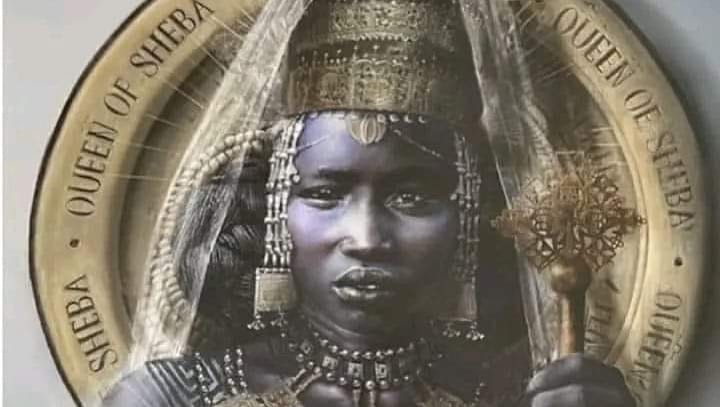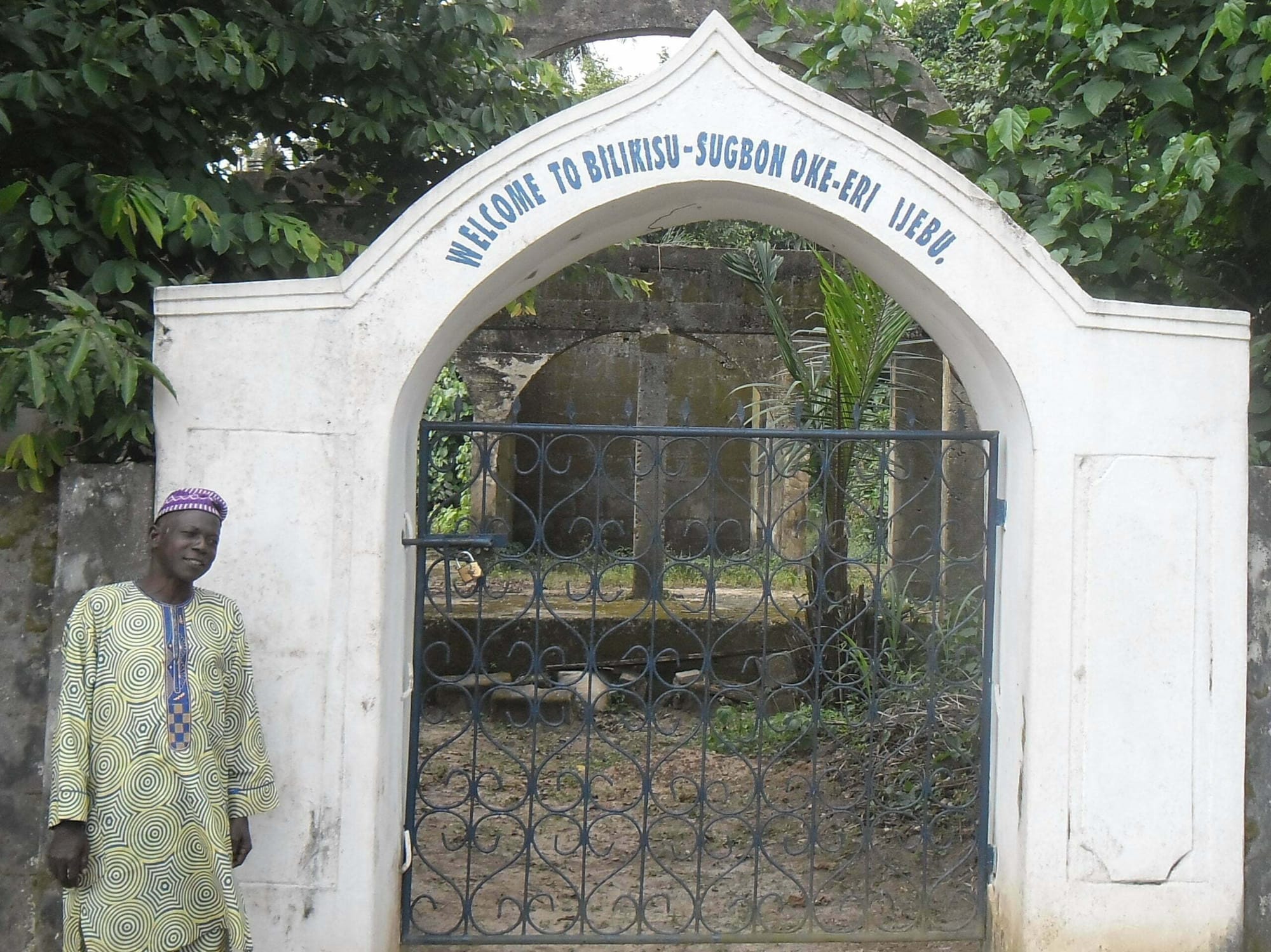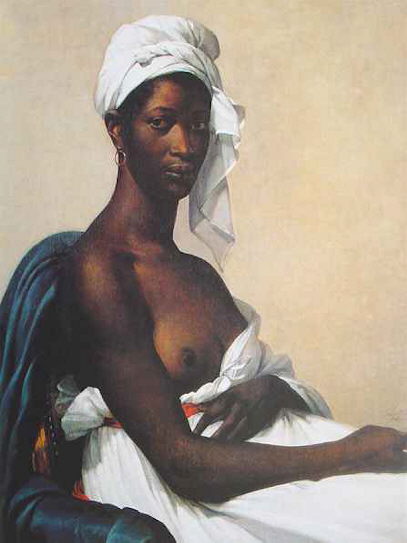Bilikisu Sungbo

The legend of the Queen of Sheba spread far and wide, even as far as Nigeria. One variant was Bilikisu Sungbo who is identified by some in Nigeria with the Queen of Sheba, also known as Queen Balkis.

The entrance to Bilikisu Sungbo's grave in the Yoruba town of Oke-Eri in Ogun State is shown above. It drives other Nigerians crazy: "It irritates me that it is being linked to the Queen of Sheba...like the Queen of Sheba is the only African Queen that can exist...when it is obviously a completely different kingdom altogether...but I guess we always must validate our ancestors accomplishments by connecting everything to the Bible ....Like we can't do anything outside of it."

The painting below is not Bilikisu Sungbo - because she lived a thousand years ago - but an unknown woman, probably named Madeleine. The painting is by Marie-Guillemine Benoist (1768-1826), one of a small group of women painters in late 18th century France, and it is of a woman named Madeline who came to France from Guadaloupe (after slavery was abolished in France and its colonies in 1794). She worked as a servant for Benoist's in-laws. Benoist studied under Jacques-Louis David and received commissions from Napoleon. This was her most famous work.

I bring this up because today some art critics use the painting and the painter to criticize a long-gone system of patriarchal and racial oppression, but they end up duplicating the exact same thing. At the time, this painting was very well received, even if it irritated several influential (and racist) art critics, and I favor the more optimistic view that it's subversive and affirmative because of the woman's quiet dignity. Some see it as indicative of the short window in France between 1794, when slavery was abolished in the colonies, and 1802 when it was reinstated.
